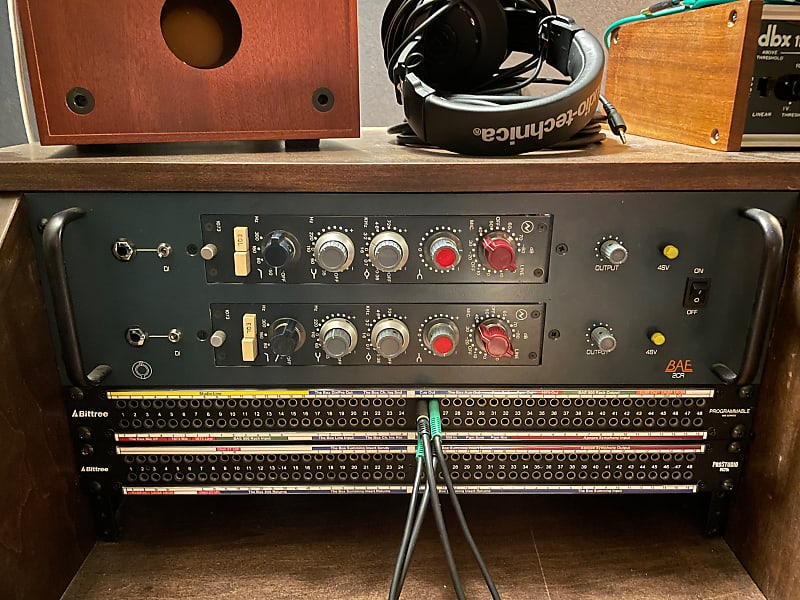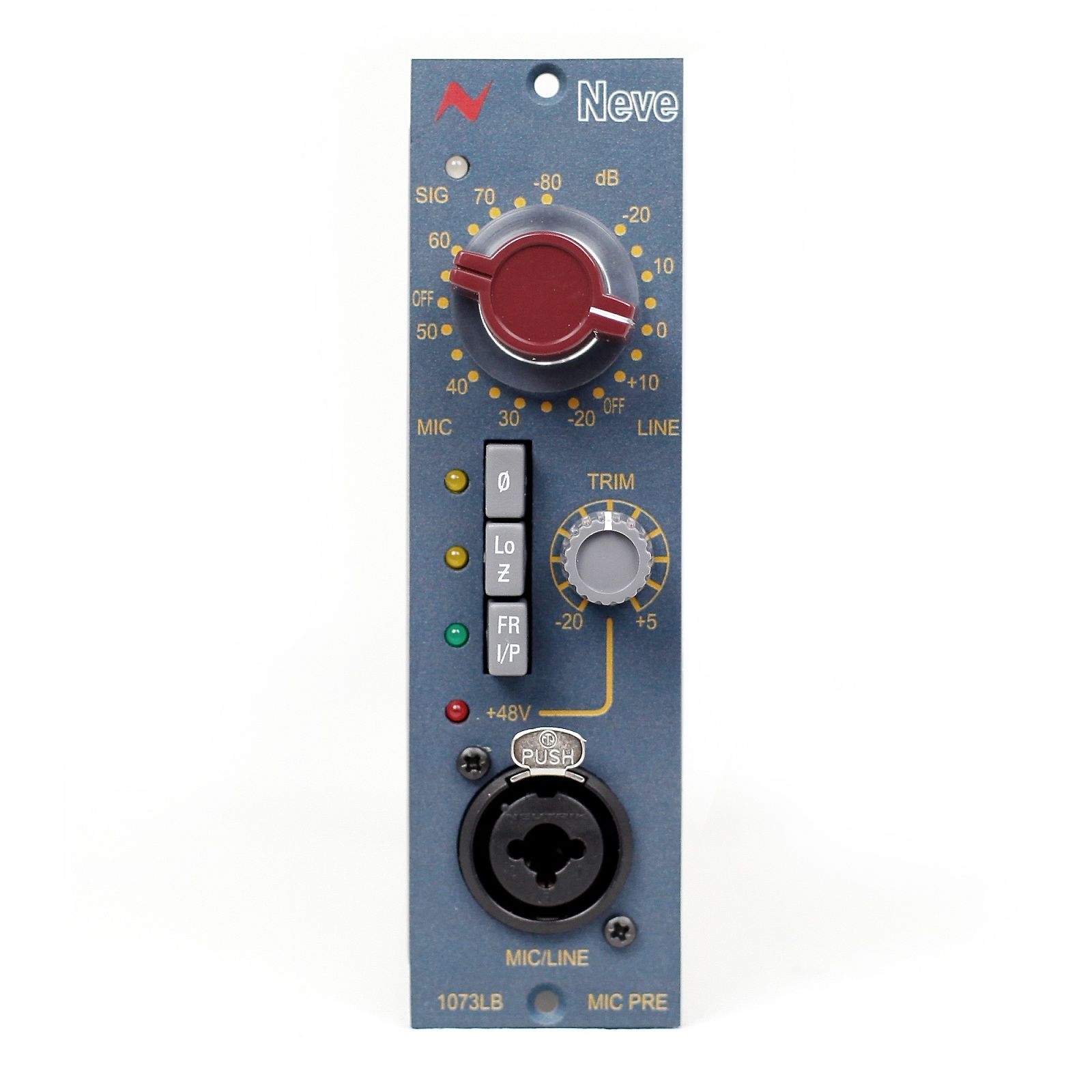If there really is such a phenomenon as having Golden Ears, then surely Rupert Neve, who died at the age of 94 in February this year, deserves the accolade. Born in the English town of Newton Abbot in Devon in 1926, he started life at a time when the concept of realistic sound reproduction was next to meaningless, but he ended it in a world of supreme audio quality, a fair amount of which he was directly responsible for.
Rupert is best known for his recording consoles, which became a benchmark for sound quality from the '60s onward, but his achievements stretched beyond mixers and also beyond the original eponymous company he founded. Most of his various businesses bore his name in one form or another. Along the way, he designed microphones, loudspeakers, a transducer for electro-acoustic guitars, purist hi-fi equipment, and some of the most revered equalizers, compressors, microphone preamps, and mixing consoles ever made.
He cut his teeth in his early teens designing amplifiers and radios, and then served in the British Army in World War II working on communication equipment. Back in civilian life in the early '50s, Rupert built an early and successful mobile studio, where he would record live events onto disc. Later, he established a hi-fi loudspeaker company, and it was through this that he attracted the attention of an Irish composer, Desmond Leslie, for whom he built his first mixing desk.
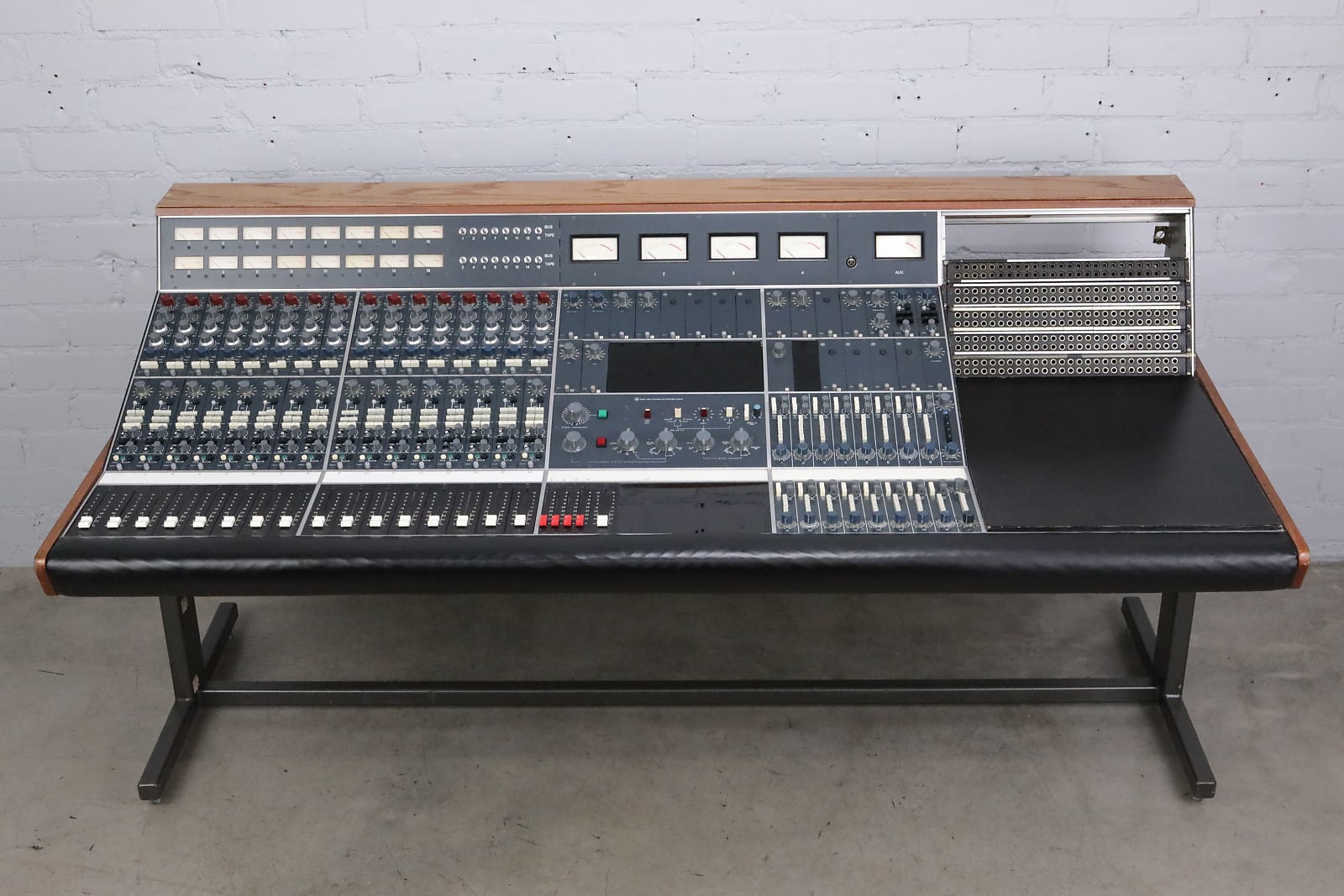
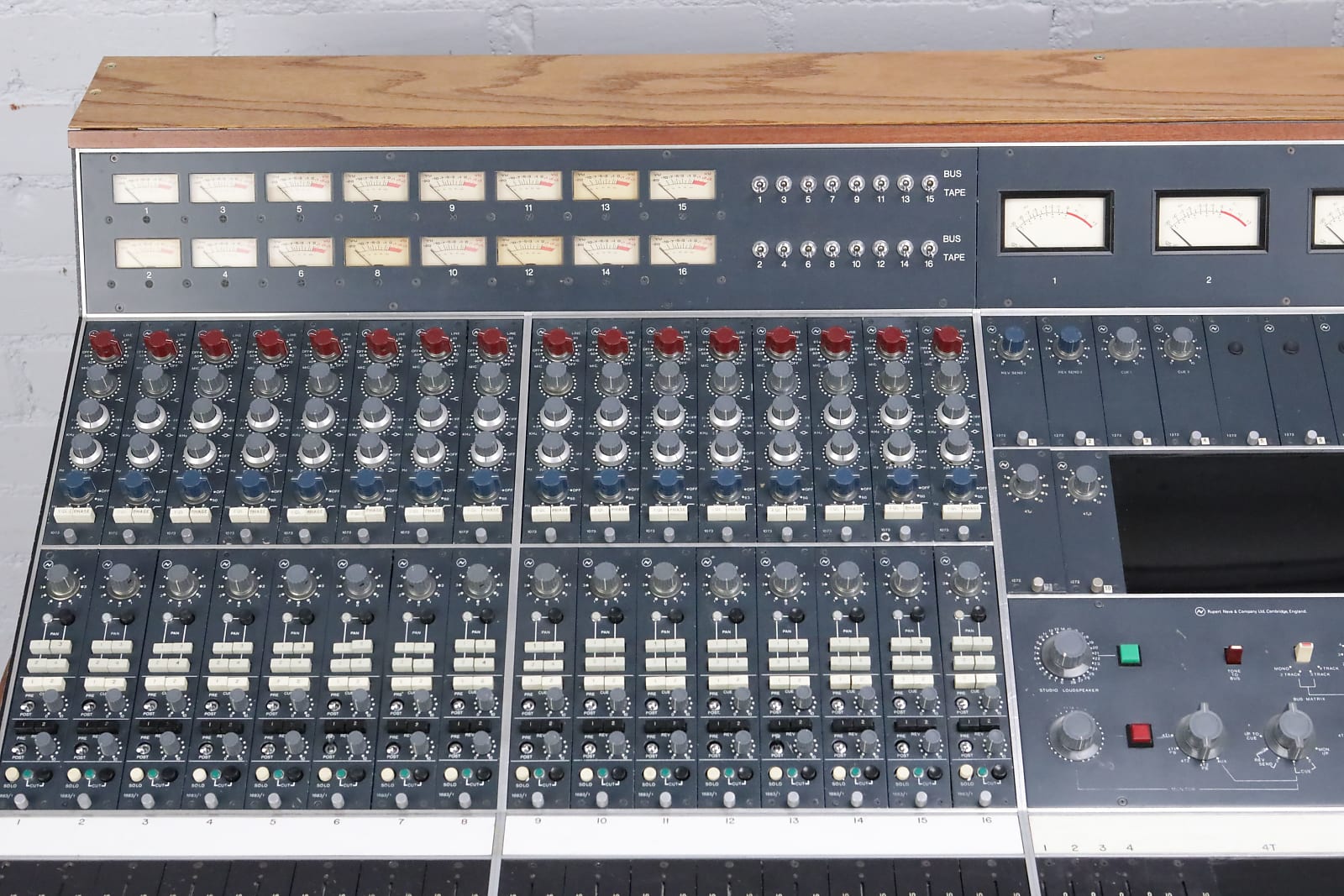

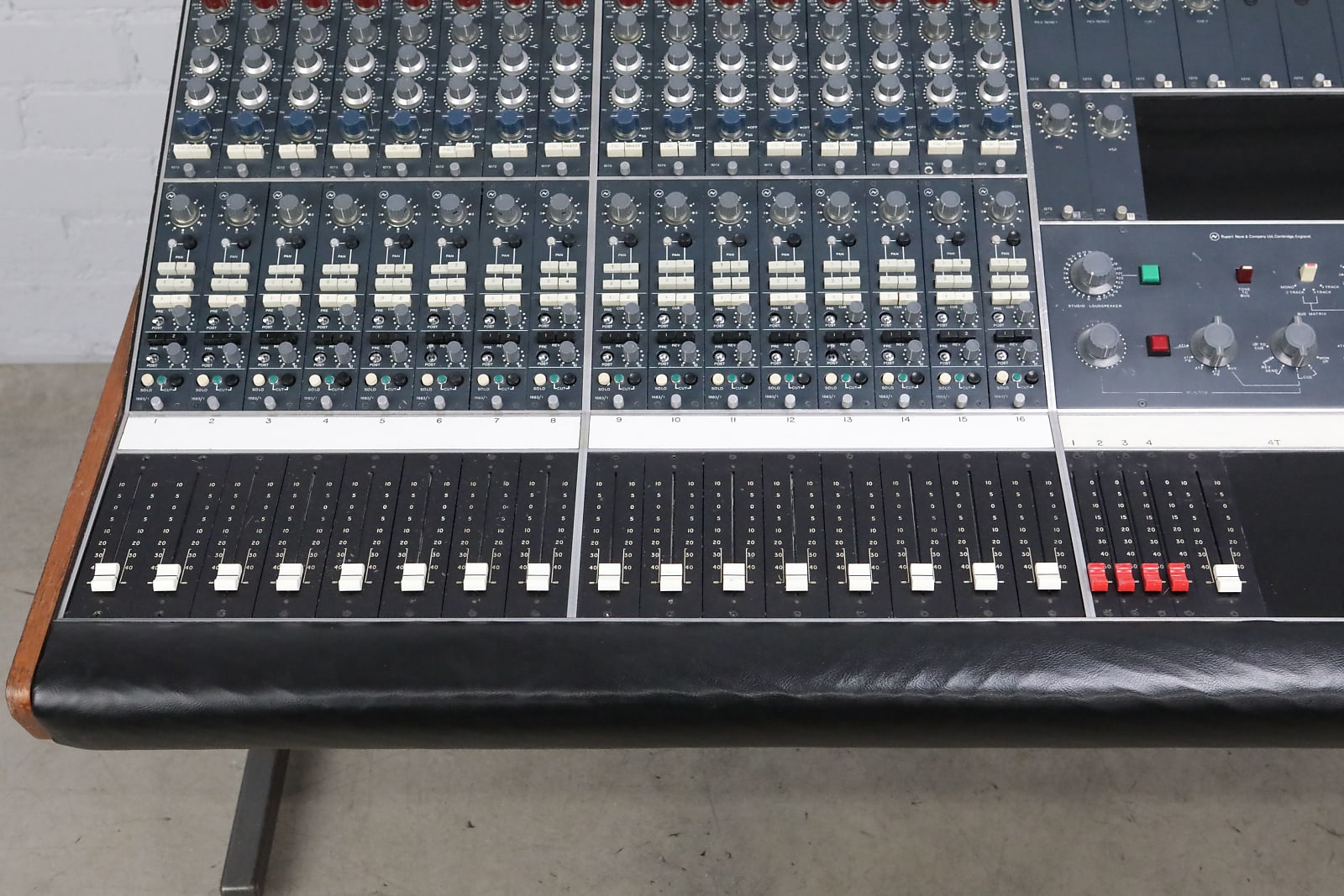
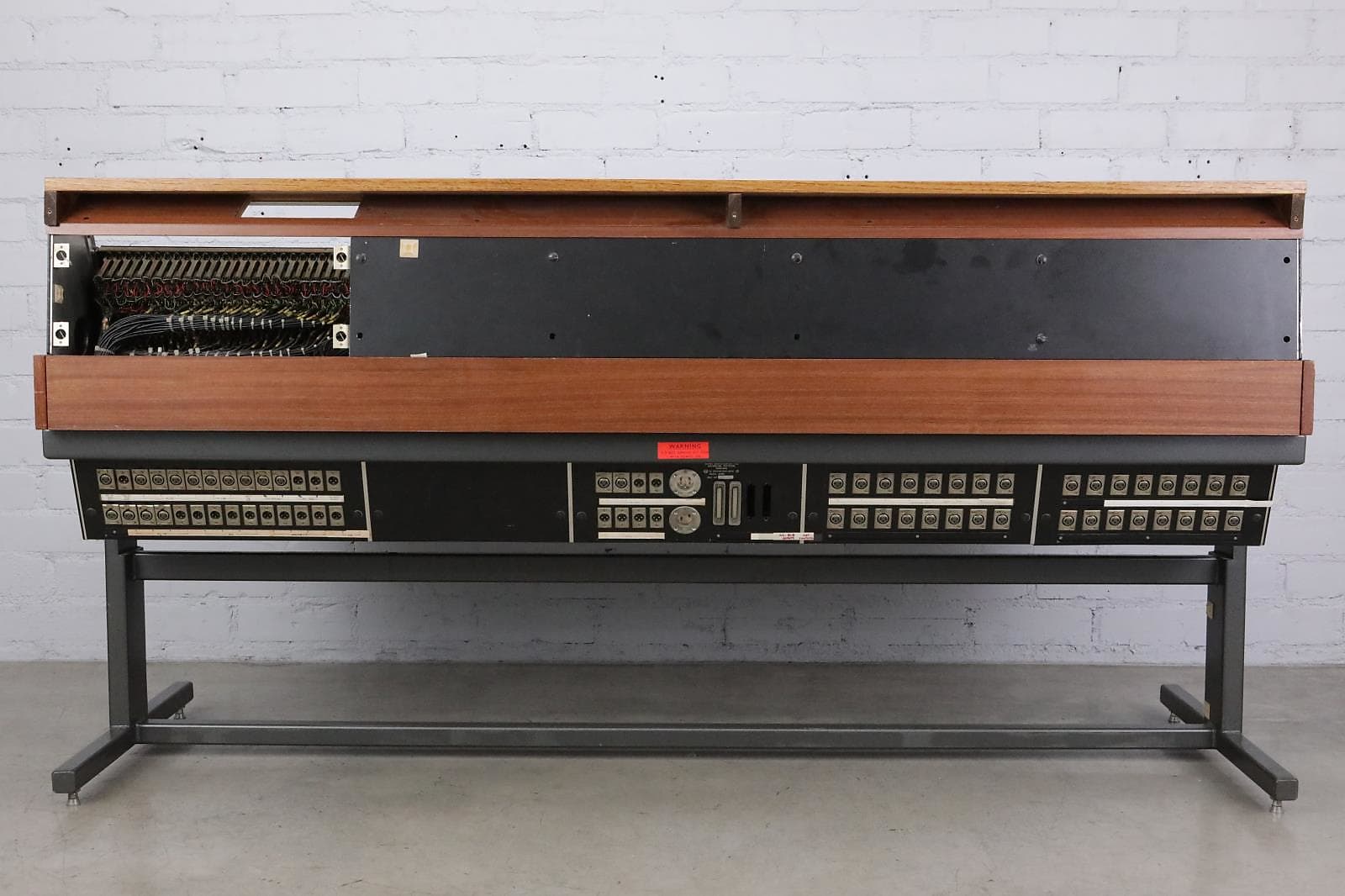
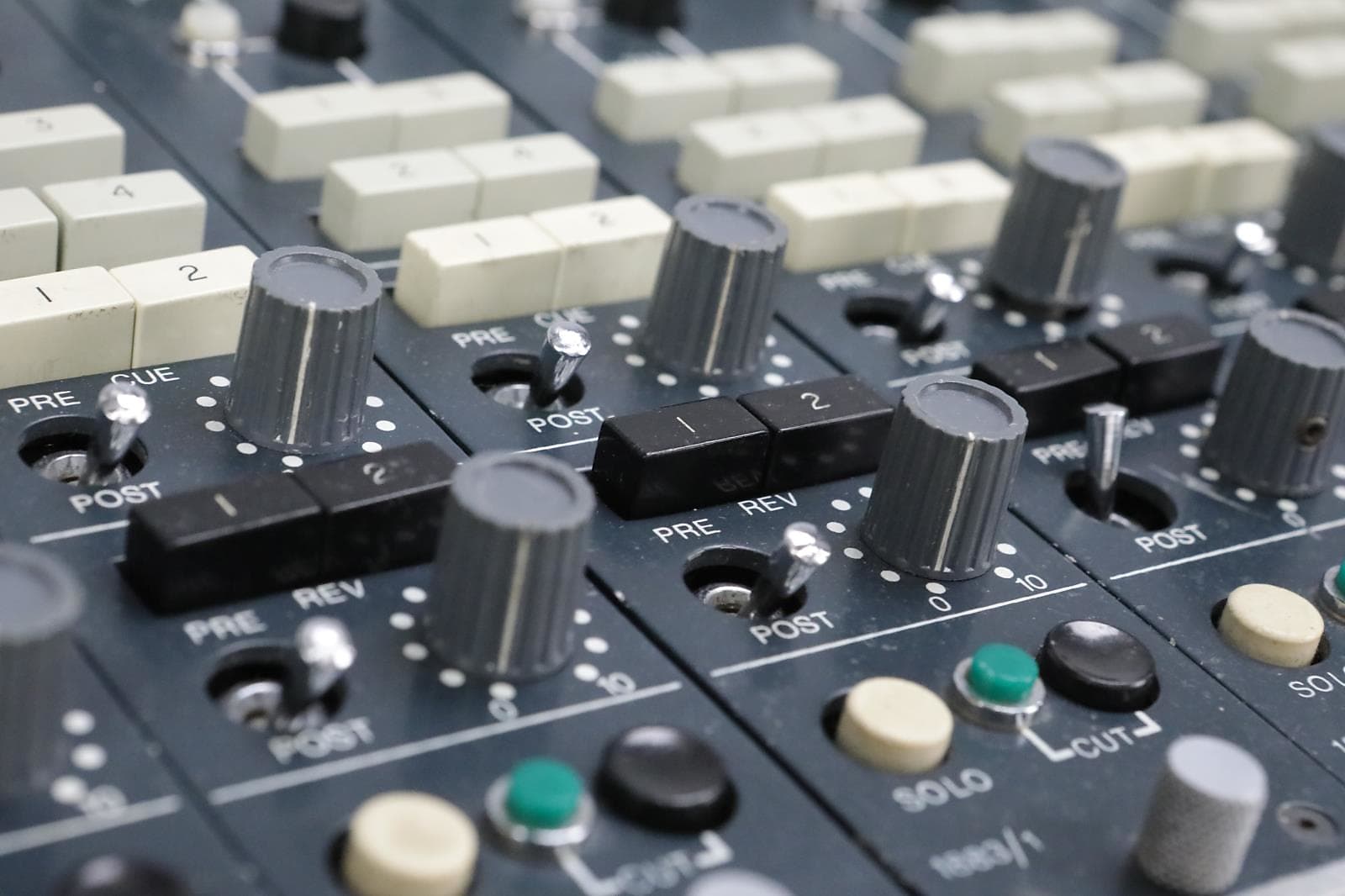
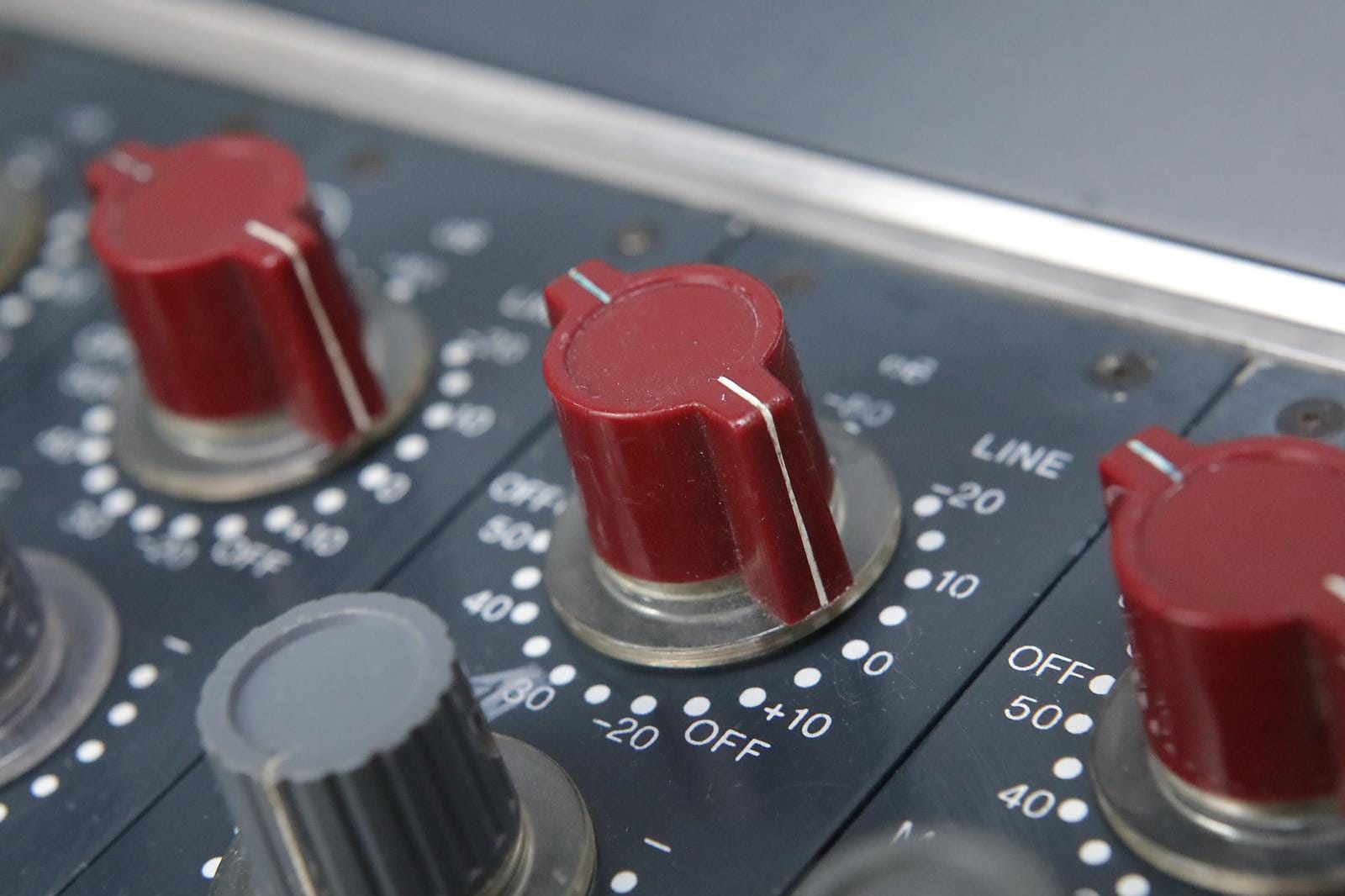
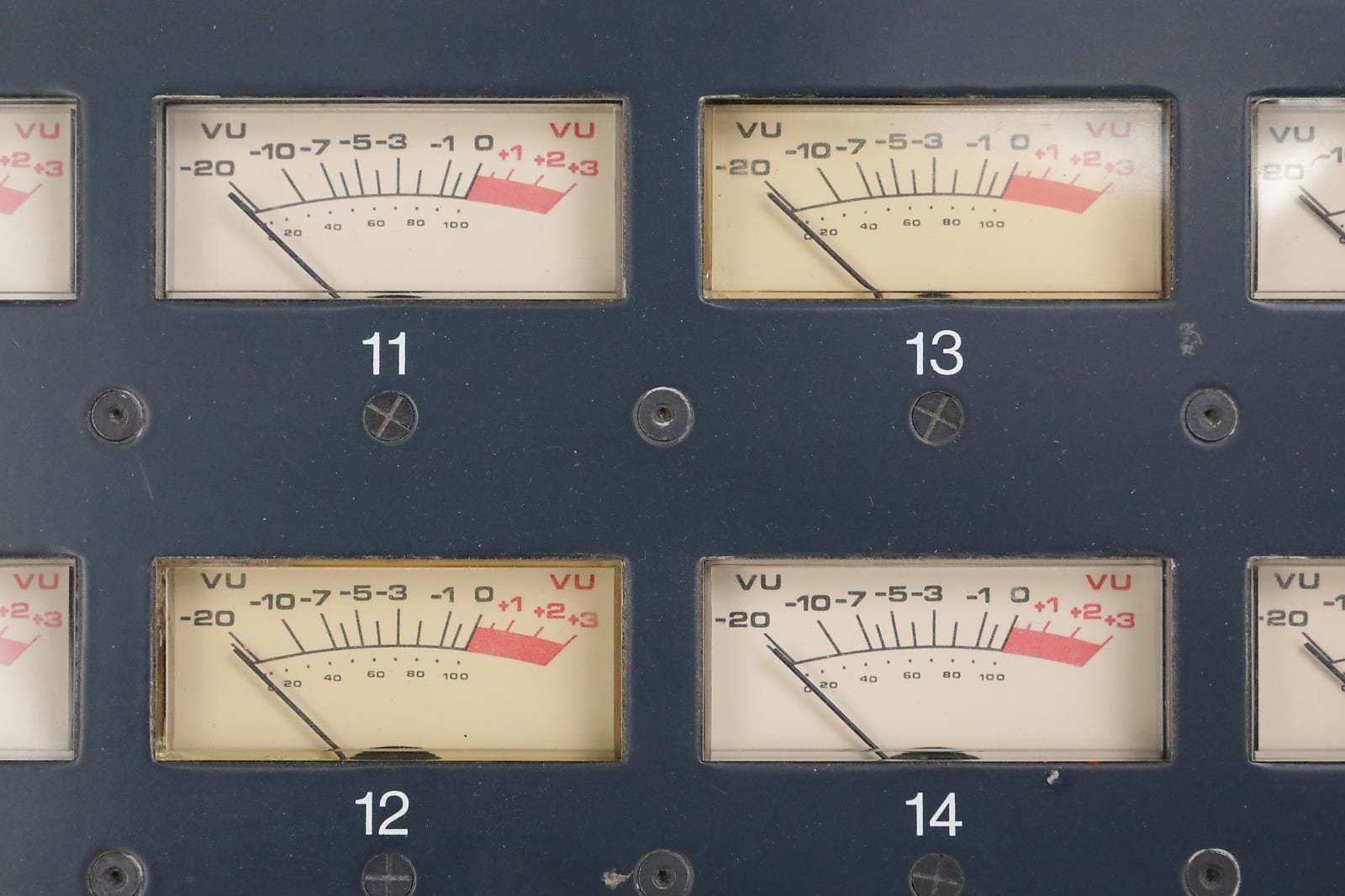
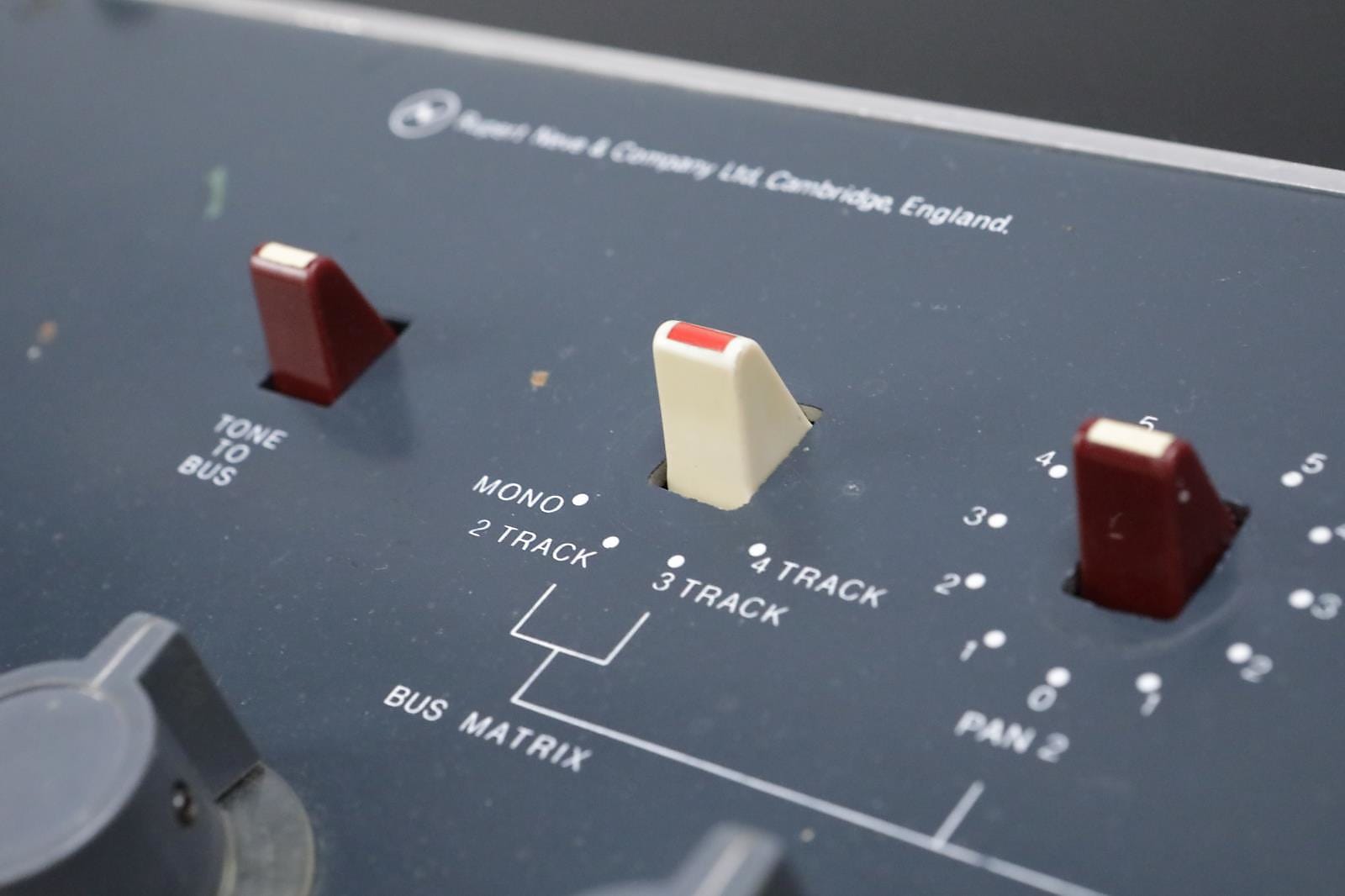
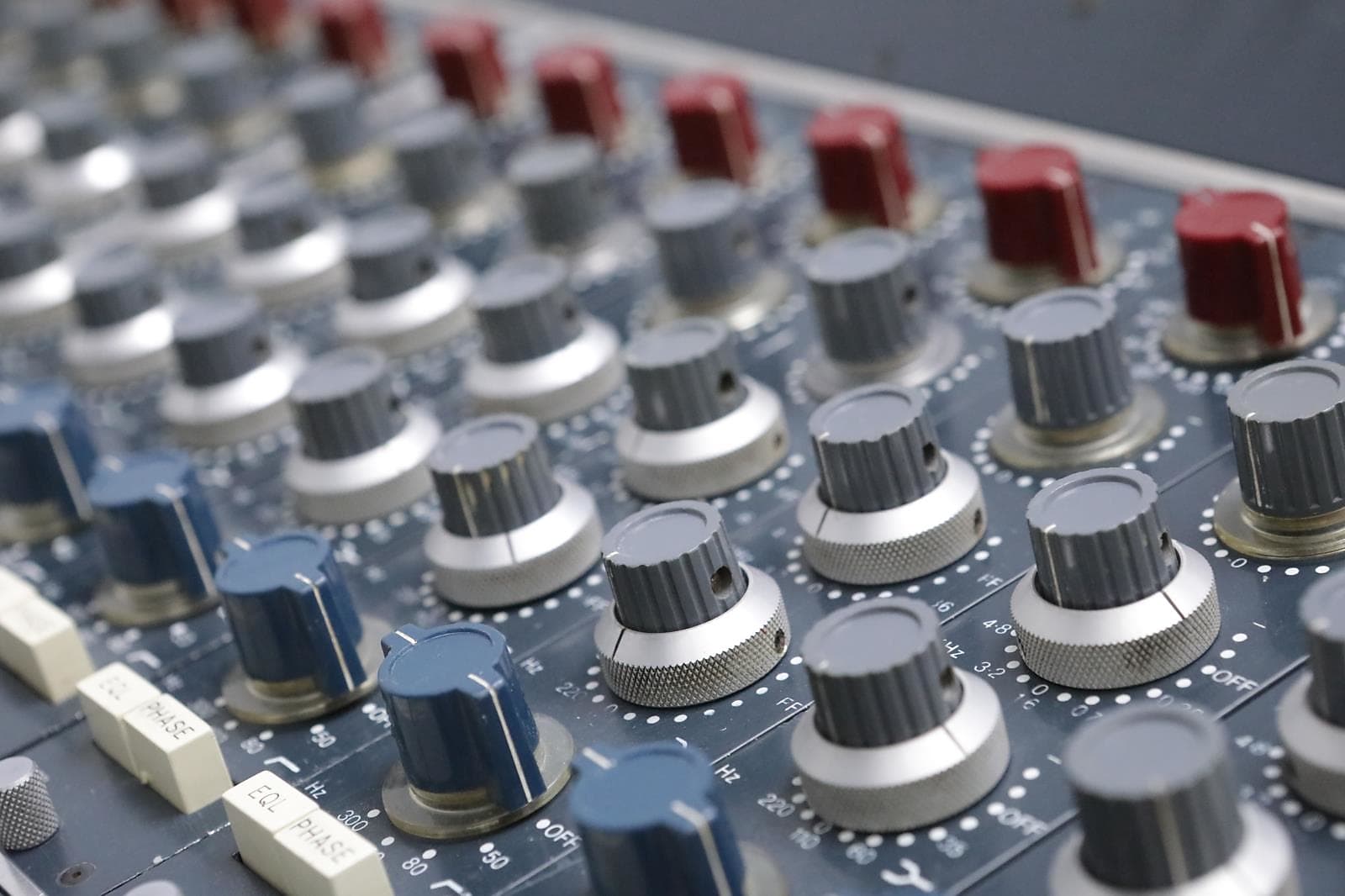
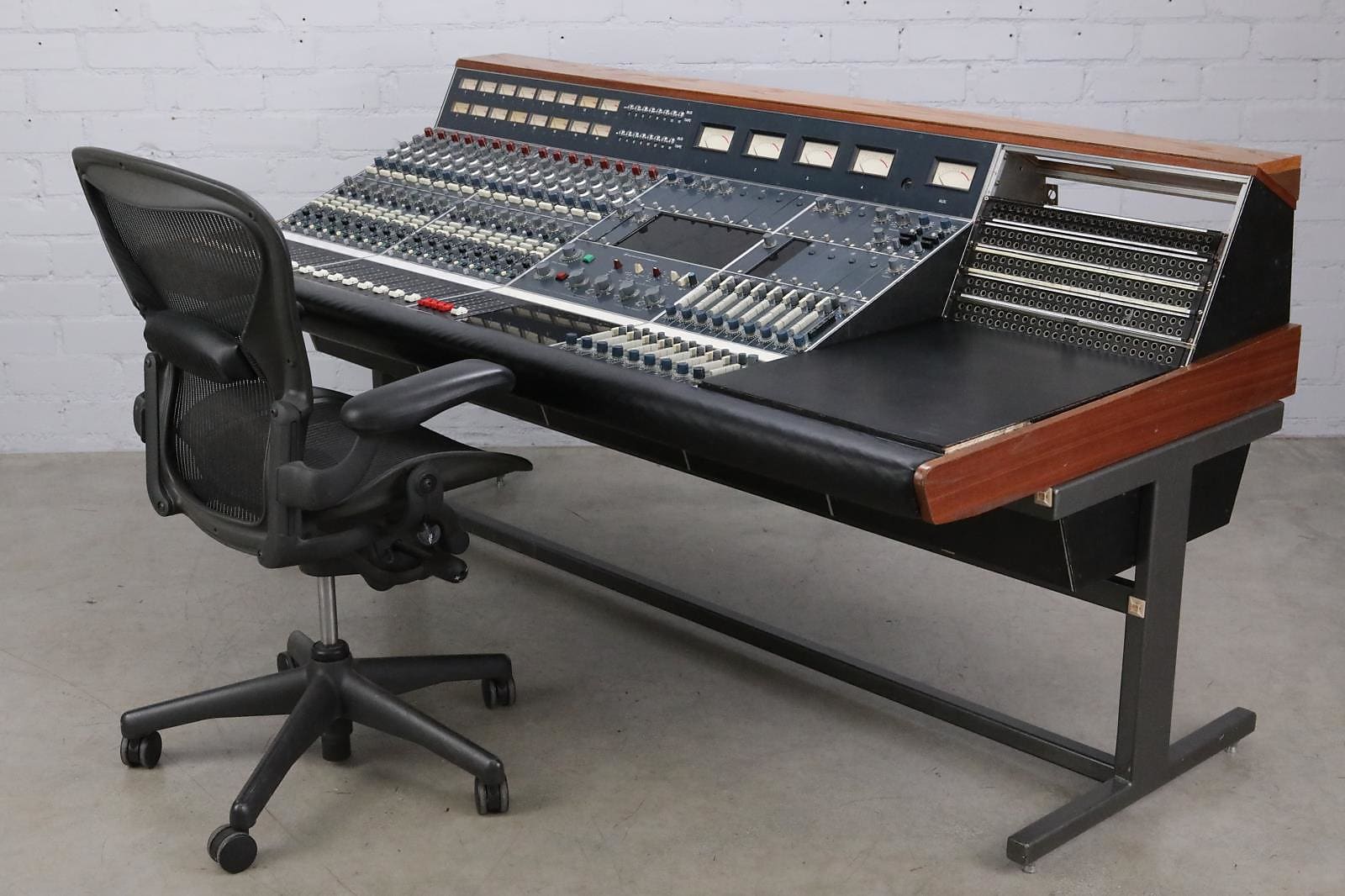
Spurred by the success, he created the Rupert Neve Company in 1961 to pursue what was then a growing market for improved recording consoles. Rupert was an early advocate of transistors, and soon he found buyers who appreciated the intense musicality, warmth, and clarity that was eventually to make the Neve 50- and 80-Series consoles the standard in British recording studios.
His first customer was Philips Records, for which he initially built an equalizer, then an entire console, helping establish a reputation that soon began to spread to the US and other countries. Later, it was a Neve 8028 that found a home in LA's Sound City and was responsible for some of the biggest-selling rock albums of all time by artists including Fleetwood Mac, Tom Petty, and Nirvana.
Neve had set an audio standard which is still current today, as demonstrated by the number of emulations and plugins designed to simulate "the Neve sound." The microphone preamp, equalizer, and processing modules in those early Neve consoles, such as the 1073 and 1081, became so sought-after (and the resulting prices so high) that myriad boutique manufacturers have sprang up to offer clones and copies. Brent Averill and BAE, Dan Alexander Audio, Heritage Audio, and many, many others have offered both reverent and not-so-reverent versions.
Though hailing from the analogue era, Neve was the first in the world to produce a moving-fader mixer, the Necam system, quickly adopted by Beatles producer George Martin in 1977 for his recently opened Air London recording studio. With fully digital recording on the horizon, Necam consoles had the ability to store and recall fader movements, resulting in a computer-assisted mixer but without the loss of the analogue quality sound for which Neve had become famous.
Just prior to the Necam launch, in 1975, Rupert needed capital so the business could expand, and he sold Neve Electronics to a larger UK company, which in 1985 went on to sell the business to Siemens. Neve himself left the firm in '75. Siemens, meanwhile, later sold Neve Electronics to yet another UK manufacturer, AMS (Advanced Music Systems), creating AMS Neve, which remains in business today.
- 1073LB 500 Series module
- 1073SPX rack unit
- 1073DPX Dual-Channel Preamp/EQ
- 1073DPA Dual-Channel Preamp
- 1073N Standalone Preamp/EQ
- 1073 CV Preamp/EQ
- 1081 CH Preamp/EQ modules, racked
- 88RLB 500 Series Mic Pre
- 4081 Quad Mic Preamp
- 8801 Channel Strip
- 2254/R Mono Limiter / Compressor
- 2264ALB 500 Series Compressor/Limiter
- 2264A CV Limiter / Compressor
- 8051 Surround Compressor
- 32609/JD Stereo Limiter / Compressor
- 8816 Summing Mixer
In the meantime, Rupert and his wife Evelyn had gone on to form ARN (the initials come from his full name, Arthur Rupert Neve). Working originally under a non-compete agreement, ARN's purpose at first was to design soundsystems for what were described as "difficult buildings" (notably churches, cathedrals and the like). However, in 1989, ARN joined forces with another British company, Amek Systems, to offer both mixing consoles and outboard equipment.
ARN also founded the original Focusrite company, in 1985, making outboard gear and signal processors, but it survived only until 1989, when it was liquidated. One notable success in the firm's short existence, however, came when George Martin hired it to expand the original Neve console at his famous Air Monserrat studio.
The Focusrite we know today, meanwhile, came into being when the original company's name and assets were purchased in 1989 by Phil Dudderidge, the co-founder of Soundcraft. Rupert Neve had no connection with the re-formed Focusrite. It was also while he was running ARN that Rupert worked on Taylor Guitars' much-praised ES acoustic pickup system and pre-amplifier, marking his apparent sole foray into the musical instrument market.
In 1994, Rupert and Evelyn, who had been a partner in all Rupert's ventures, moved to Wimberley, Texas. Rupert eventually took US citizenship in 2002. In 2005, he began yet another venture, Rupert Neve Designs, offering microphone preamps and outboard gear including equalizers and compressors, grouped into the Portico, Portico II, and Shelford lines. In this way, the famous "Neve sound" made its way into home and project studios, then (and now) a rapidly growing market.
- 511 preamp/EQ with Silk
- 517 preamp/compressor/DI
- 551 500 Series EQ
- 535 500 Series Compressor
- 543 500 Series Compressor
- 542 500 Series Tape Emulator
- 5017 Desktop Preamp/Compressor
- 5043 Duo Compressor/Limiter
- Shelford Channel
- Portico II Channel
- 5059 Satellite Mixer
- 5060 Centerpiece Desktop Mixer
- Portico II MBP Master Buss Compressor
Rupert's reputation in that era was further advanced when he worked with sE Electronics and designed the acclaimed Rupert Neve Signature Series microphones, launched in 2008.
Four years later, the company began producing equipment in the 500 series form factor, and in 2018 Rupert released his first digital design, the RMP-D8 Dante-networked multi-channel microphone preamp. In 2011, Yamaha had launched for its Steinberg platform the first Rupert Neve Designs plugins, approved by Rupert, and these have also been integrated into Yamaha's CL Series and Rivage PM10 digital consoles.
The final products from Rupert Neve's own hand appeared in 2019 with the launch of Fidelice, a new range comprising a headphone amplifier, phono pre-amplifier, and digital-to-analogue converter for the hi-fi market. Meanwhile, Rupert Neve Designs had assembled a team of electronics engineers and designers around Rupert, and the company continues to operate from Texas, where Rupert and Evelyn had lived and worked for 27 years.
Unlike many pioneers, Rupert Neve's achievements were noticed and celebrated by his peers. In 1989, he was inducted into the TEC (Technical Excellence and Creativity) Hall of Fame, and in 1997 he received a Technical Grammy Award for lifetime accomplishment. He won an Audio Engineering Society Fellowship Award in 2006, 16 TEC Awards for Rupert Neve Designs products, and in 1999 Studio Sound magazine named him Audio Person of the Century.
Rupert was married to Evelyn for nearly 70 years. The couple had five children, nine grandchildren, and five great-grandchildren. Beyond the technical audio press, Rupert's prominence in the development of modern recording and sound technology resulted in obituaries in newspapers around the world, including The Daily Telegraph, The Guardian, Variety, and The New York Times, which quoted Dave Grohl: "What you get when you record on a Neve desk is this really big, warm representation of whatever comes into it."
About the Author: Gary Cooper is a journalist working in the musical instrument and pro audio fields. He contributes to a number of music magazines and websites. He lives in Sussex, England.

